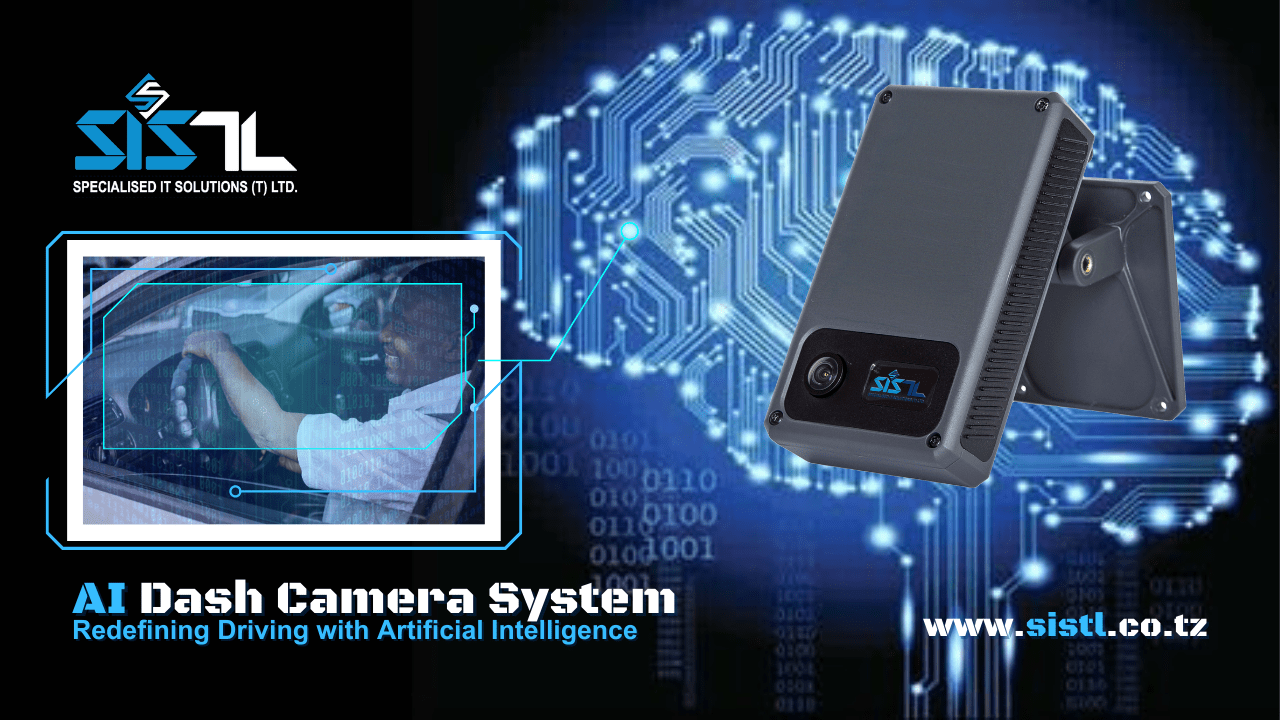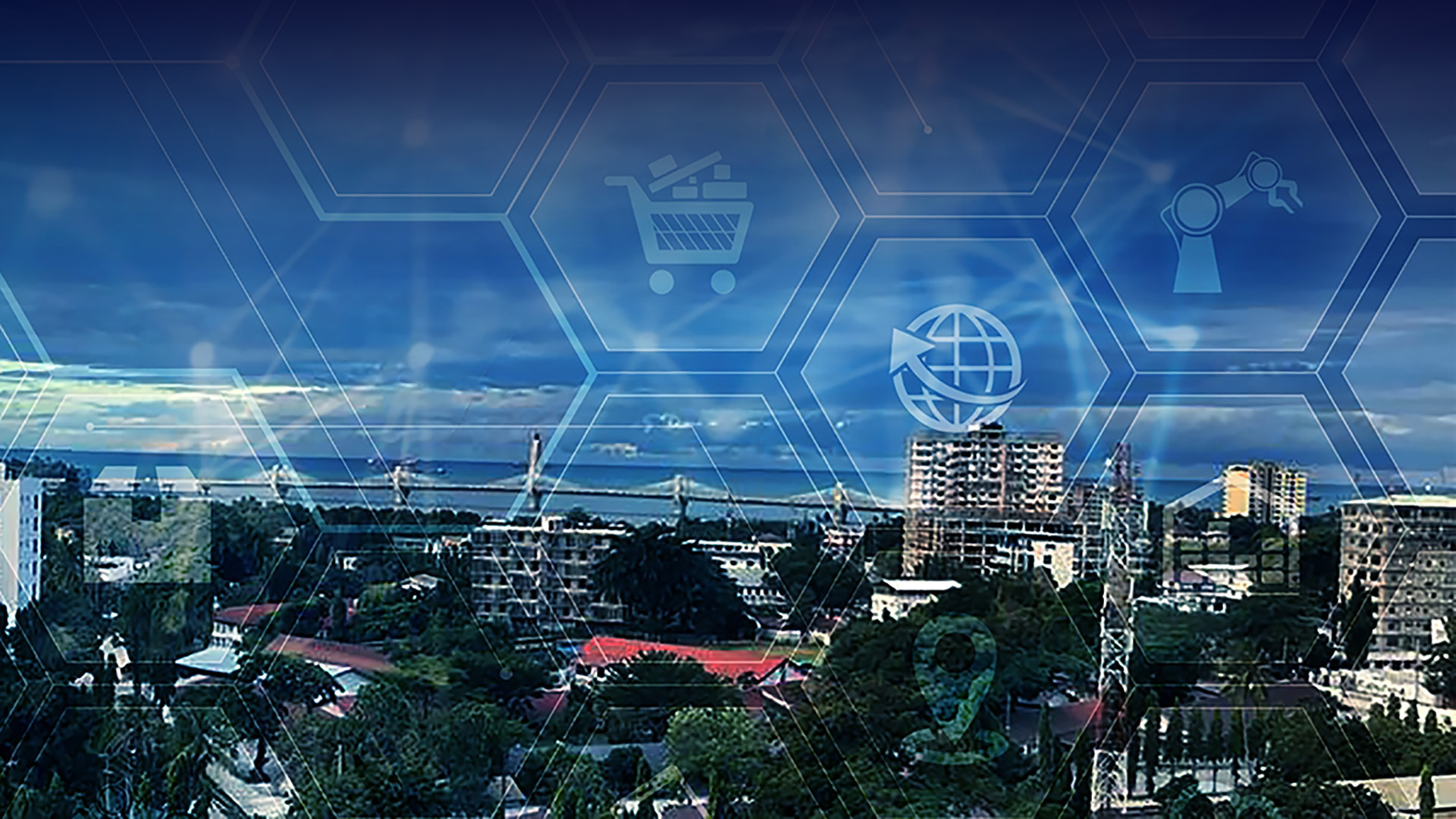
From Bumpers to Birds-Eye View: The Evolution of Vehicle Cameras
Imagine navigating a crowded parking lot with only your side mirrors and a hunch. Thankfully, for most modern drivers, this is a relic of the past. Vehicle cameras have become an essential safety and convenience feature, transforming the way we see and interact with the road. But how did we get from rudimentary backup cameras to the sophisticated 360-degree bird's-eye view systems of today? Let's buckle up and take a ride through the fascinating evolution of vehicle cameras.
The Early Days: Bumpers and Beeps
The need for better visibility during low-speed maneuvers, particularly reversing, has long plagued drivers. The early solutions were far from elegant. In the 1960s, car manufacturers experimented with wide-angle mirrors offering a broader view behind the vehicle. However, these mirrors often created blind spots and distorted distances.
The 1970s saw the introduction of ultrasonic parking sensors. These emitted sound waves that beeped with increasing frequency as the car got closer to an obstacle. While helpful, they lacked precision and could be confused by uneven surfaces or other objects emitting sound.
The Backup Camera Revolution
The true game-changer arrived in the late 1990s and early 2000s with the introduction of the backup camera. Mounted on the rear bumper, this camera offered a live video feed displayed on the car's infotainment screen. Thus, this provides a clear view of what was directly behind the vehicle. This innovation significantly reduced backing-up accidents, especially for drivers with limited rear visibility due to high trunks or large cargo loads.
The initial backup cameras were simple and often offered a limited field of view. However, advancements in technology, including higher resolution cameras and wider lenses, quickly improved their effectiveness. Additionally, features like dynamic guidelines superimposed on the video feed. This indicates the car's projected path based on steering angle, further enhanced maneuverability.
Beyond Backup: The Rise of Multi-Camera Systems
The success of backup cameras paved the way for more comprehensive camera systems. Manufacturers began incorporating additional cameras strategically placed around the vehicle known as the multi-camera system. These cameras provided a wider range of views, enhancing safety in various situations.
- Front Cameras: Mounted on the grille or windshield, front cameras offered invaluable assistance for forward visibility, especially during low-speed crawls or navigating tight corners. They could also be integrated with automatic emergency braking systems, detecting potential collisions and applying brakes if the driver fails to react.
- Side Cameras: Discreetly placed on the fenders or side mirrors, side cameras provided a valuable view of blind spots, particularly helpful when changing lanes or merging into traffic.
- Surround View Systems: The pinnacle of camera technology in vehicles today is the surround view system. This system typically uses a combination of four to six cameras, strategically placed at the front, rear, and sides of the vehicle. Using sophisticated software, these cameras create a virtual 360-degree bird's-eye view of the car and its surroundings, displayed on the infotainment screen. This allows drivers to see potential obstacles from above, making parking in tight spots or navigating narrow streets a breeze.
The Future of Vehicle Cameras: Beyond Human Vision
The evolution of vehicle cameras is far from over. With advancements in artificial intelligence and sensor technology, we can expect even more sophisticated systems in the future. Here are some exciting possibilities:
- Night Vision and Advanced Object Detection: Cameras with improved low-light capabilities and AI-powered object recognition can help drivers see better at night and detect pedestrians, cyclists, and animals on the road, even in poor visibility conditions.
- Automated Parking Systems: Taking the concept of surround view a step further, future camera systems could work seamlessly with automated parking systems, allowing cars to park themselves with minimal driver input.
- Integration with Advanced Driver-Assistance Systems (ADAS): Camera data can be integrated with other ADAS features like lane departure warning and adaptive cruise control, creating a more comprehensive safety net for drivers.
The Benefits of Camera Technology
The widespread adoption of vehicle cameras has had a significant impact on road safety. Studies have shown a decrease in backing-up accidents and a potential reduction in overall collisions. Additionally, these cameras offer numerous benefits for drivers:
- Increased Maneuverability: Cameras provide a clearer view of surroundings, making parking, navigating tight spaces, and changing lanes easier and more confident.
- Reduced Stress: By eliminating blind spots and offering a wider field of view, cameras can significantly reduce driving stress, especially for new drivers or those navigating unfamiliar environments.
- Enhanced Safety: Camera systems can detect potential hazards and alert drivers, allowing them to react quickly and avoid accidents.
- Improved Convenience: Features like surround view systems make parking and maneuvering a breeze, even in tight spots.
Looking Ahead: A Camera-Assisted Future
Vehicle cameras have come a long way ...from the beeps and blind spots of the past. As technology continues to evolve, we can expect even more innovation in this field. Here are some potential challenges and considerations for the future:
- Privacy Concerns: With multiple cameras capturing footage around the vehicle, privacy concerns regarding data collection and usage need to be addressed. Manufacturers will need to ensure transparency and user control over how camera data is stored and used.
- System Complexity: Integrating multiple cameras and advanced software can increase system complexity. Ensuring user-friendliness and intuitive interfaces will be crucial for widespread adoption.
- Standardization and Regulations: As camera technology becomes more sophisticated, clear regulations and standards will be necessary to ensure system compatibility and safety across different car models and manufacturers.
- Cybersecurity: With increased reliance on cameras and software, robust cybersecurity measures will be essential to protect vehicles from hacking and potential manipulation.
Despite these challenges, the future of vehicle cameras is undeniably bright. As these systems become more sophisticated and affordable, they have the potential to revolutionize the way we drive, making our roads safer and our driving experience more convenient and less stressful. In the not-so-distant future, a car equipped with a comprehensive camera system might not be a luxury, but a standard safety feature, paving the way for a future with fewer accidents and a more connected driving experience.
Beyond Cars: The Ripple Effect of Vehicle Cameras
The impact of vehicle cameras extends beyond personal cars. This technology is finding applications in various transportation sectors:
- Trucks and Buses: Cameras can provide crucial assistance to drivers of large vehicles with extensive blind spots, enhancing safety for pedestrians, cyclists, and other motorists.
- Self-Driving Cars: Cameras are a fundamental component of self-driving car technology, providing the essential visual data needed for these vehicles to navigate the road autonomously.
- Construction and Heavy Machinery: Cameras can improve visibility for operators of construction equipment and heavy machinery, reducing the risk of accidents on job sites.





